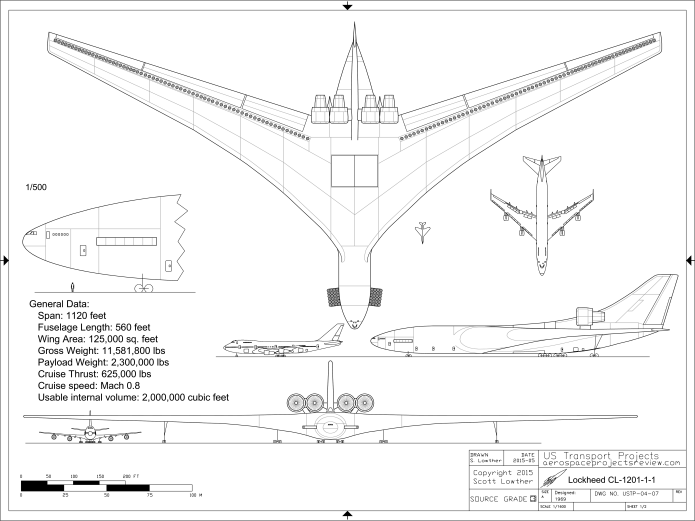Here are some screenshots snagged from a not-quite-final version of the book, showing the sort of content you can expect from the final product.
As before it is available for pre-order from both the publisher and from Amazon:
Here are some screenshots snagged from a not-quite-final version of the book, showing the sort of content you can expect from the final product.
As before it is available for pre-order from both the publisher and from Amazon:
Yeesh. I continue to successfully get rewards out to Patrons and subscribers in a timely fashion… but I also continue to fail to publicize the fact. Last day of September, the rewards for that month were sent out. The September 2021 rewards included:
Diagram: “Early X-3 cutaway:” A large format cutaway illustration of a not-quite-final Douglas X-3 configuration
CAD Diagram: the command module of the Solem “Medusa” nuclear pulse propelled spacecraft
Document: a giant 1100+ page “Data Sheets for Ordnance Type Materiel,”1962 US Army “catalog”of pretty much all their stuff. Includes an illustration (often, though not always, including a basic diagram) and data for everything from trucks to tanks to bayonets to pistols to rockets.
Patrons should have received a notification message through Patreon linking to the rewards; subscribers should have received a notification from Dropbox linking to the rewards. If you did not, let me know.
If this sort of thing is of interest, sign up either for the APR Patreon or the APR Monthly Historical Documents Program.
Mortons has announced my “bookazine” Lockheed SR-71 Blackbird – Origins & Evolution, now available for pre-order. This is my first published book. Woo! It covers the development of the SR-71 from well before the program started , including the “Suntan” concepts and several Convair high speed reconnaissance platforms, up through the development of the “Archangel” series that led to the CIA’s A-12, through the Mach 3 interceptor designs and the SR-71 itself. From there it also includes a number of proposed derivatives and unbuilt concepts… an A-12 used to launch satellites, the SR-71 as a carrier for a manned hypersonic scramjet vehicle, the use of the “SR-71C” as a flying wind tunnel, etc.
It is available directly through the publisher for £8.99 (Approx $12.41 or €10.34). It is also available through Amazon for pre-order for $12.99. Direct from the publisher should be available sooner; from Amazon, lower mailing cost if you’re in the US.

Here are some shots of a few pages to give you an idea of what’s in it. I created all the diagrams within, based on official sources and as accurate as I could make them. There are many, MANY diagrams here describing designs mundane and downright wacky, from tiny unmanned drones to truly gigantic hydrogen-fueled monsters.
Tell your friends!
Here is an incomplete look at the diagrams created for my first book, “Boeing B-47 Stratojet and B-52 Stratofortress; Origins & Evolution.” It can be pre-ordered either directly from the publisher (with publication expected in late September) or through Amazon (looks like they’ll have it two months later). It is also expected to be on certain store shelves… more on that when it’s confirmed.
A few of these diagrams will be compressed to several-per-page; a few of them here are already shown in multiple optional layouts. But there are also a dozen-ish diagrams *not* shown because they are incomplete as yet. This gives an indication of the size and scope of the project…
Somehow or other, yet another YouTube video has been produced on the giant nuclear powered Lockheed CL-1201. Seems strange that after all this time this rather obscure design is suddenly getting traction… it’s almost as if YouTubers watch and copy each other. Wheird.
Anyway, *imagine* my surprise to find that the video has one of my copyrighted diagrams in it, without attribution, lightly modified and dumbified. Huh.
Video diagram:
My diagram, taken from Aerospace Projects Review issue V1N3 and US Transport Projects #4:

Yay, I guess? Would be nice if people made some effort to acknowledge where their stuff comes from.
A video (made with a few contributions from yours truly, and, yes, attributed as such within the video) describing the 1970s Boeing design for an ICBM-carrying airliner, the MC-747. This is described and illustrated in US Bomber Projects issue 21, AVAILABLE HERE.
An interesting idea to be sure, but an unsafe one. Were one of these aircraft to go down for whatever reason, the results would be No Damned Good. Almost certainly the warheads would not go nuclear, but it’s always possible that the combo of the crash, the burning jet fuel and the solid rocket propellant merrily burning away might cause the chemical explosives in the warheads to go off, potentially scattering plutonium all over hither and yon. Worse still would be if the plutonium got sprinkled with the solid propellant and the plutonium combusted, scattering not just chunks and bits of plutonium, which would be bad enough, but clouds of plutonium oxide or plutonium chloride.
Perhaps more dangerous would be the Soviet reaction. They’d be in a constant state of freaking out every time one of these took to the sky, and they probably would have difficulty telling an MC-747 from an E-4 or a civilian 747. And, of course, they’d have to have their own. the AN-124 would be the logical choice for an ICBM carrier, and chances are good they’d do as good of a job with it as they did with Chernobyl, the Kursk or the Polyus.
From well before the B-58 program began, the Convair designers intended for their four-engined supersonic bomber to have a relatively gigantic pod underneath containing fuel and a nuke. The illustration below shows an early B-58 concept with the outboard engine nacelles located above the wing, together with a collection of potential bomb/fuel pods. “Freefall” contains an H-bomb; “Ferret” is electronic intelligence gathering; photo recon is obvious; and PPB is… hmmm. Note that none of these seem to have rockets in the tail, the ferret and photo recon pods doubtless were intended to return with the aircraft rather than be dropped.
An Aerojet concept for a boost-phase ICBM interceptor.
This would be a space-based anti-missile system composed of two high thrust solid rocket motors and a kill vehicle composed of a substantial set of optics, some impressive late 1980’s computers and most likely a hydrazine monoprop divert system. The missile would be meant to physically impact an ICBM while still being lofted by the first stage; this is an bigger, slower and brighter target than the later, faster, smaller stages and warheads, but you have to be *fast* to reach out and tag a missile in the first moments of flight.